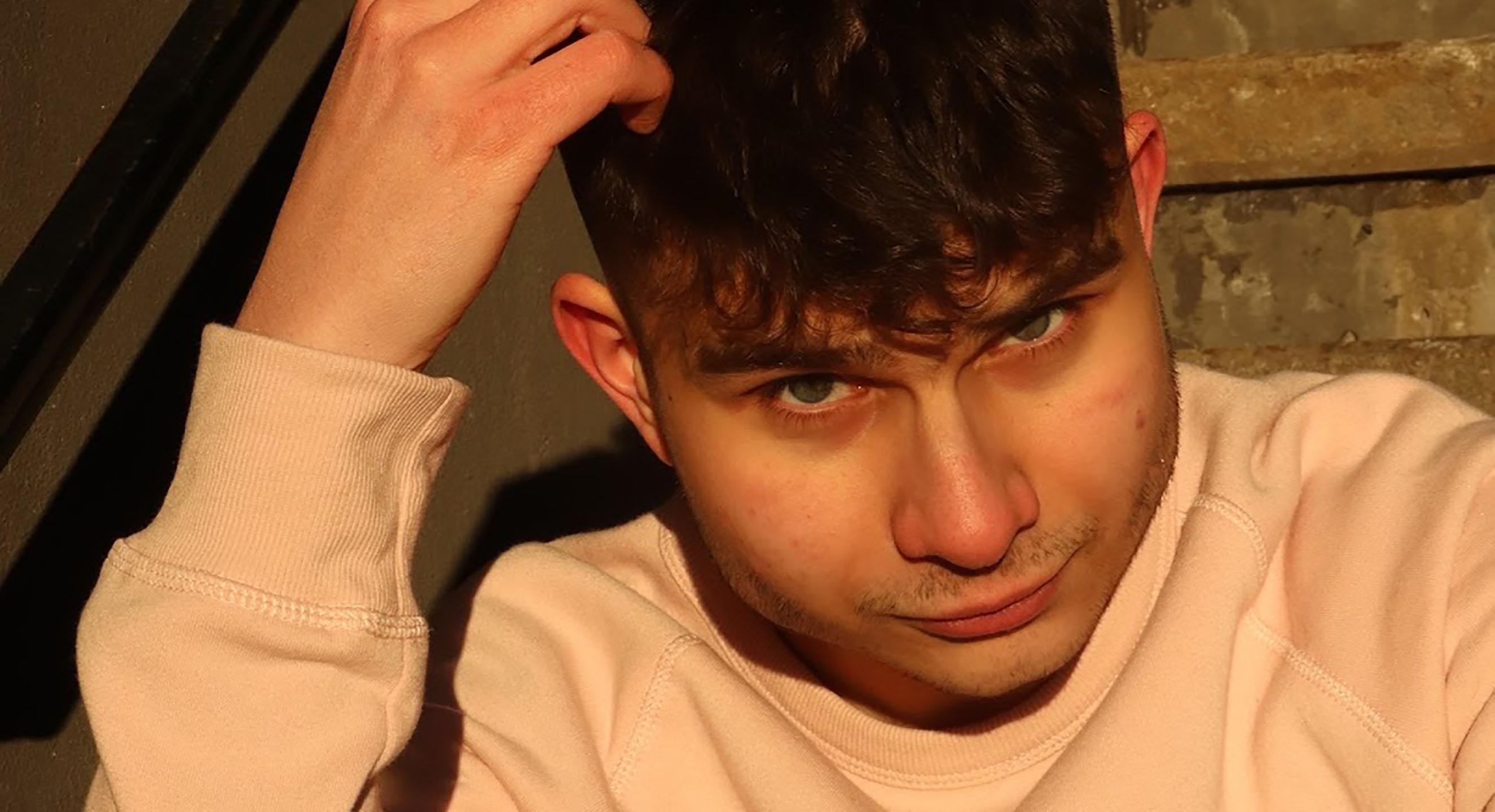By Manus Hopkins
Peter Nikoltchovski described the results of his first-ever recording session as “awful,” but still knew he wanted to pursue music seriously when he first started in early 2018. He bought a mic of decent quality, pirated a recording program and started learning how to mix and master. Four out of the five songs Nikoltchovski currently has on Spotify are recorded from home.
The first-year business management student cites contemporary rappers Kanye West, Frank Ocean, Travis Scott and Childish Gambino as his main influences. These are all household names in modern music.
‘Music’s longevity allows it to be a powerful medium for nostalgia’
In the 1990s, grunge was one of the biggest genres in music. Big players in the scene like Nirvana, Alice In Chains and Soundgarden relied heavily on influence from ‘70s punk and garage rock, making the era nostalgic of the music from two decades previous.
“I do think nostalgia can play a part when it comes to an audience’s enjoyment of a song or album”
Similarly, 80s music made a comeback in the 2000s, with the revival of glam bands like Mötley Crüe and Def Leppard and even new ‘80s-infused bands like The Darkness ripping onto the scene.
With this pattern in mind, it would make sense for the modern scene to be reminiscent of the ‘90s.
“Emo” rappers like Post Malone, Lil Uzi Vert, the late Lil Peep and the late Juice Wrld have striking similarities to the grunge and emo icons of the 1990s with their lyrical themes of themes of isolation, neglect and abuse. Lil Uzi Vert has also been vocal about the influence of ‘90s shock rocker Marilyn Manson on his music.
“I do think nostalgia can play a part when it comes to an audience’s enjoyment of a song or album,” says Nikoltchovski. “Especially in hip-hop, samples are used constantly and contribute to songs greatly. Music’s longevity allows it to be a powerful medium for nostalgia.”
Modern rap may not have grunge’s loud, distorted guitars and heavy drums, but lyrically, a lot of it is remarkably alike, and a lot of Kurt Cobain can be seen in many modern artists, like Lil Peep and Mac Miller. These artists also died young, just like Cobain himself.
“There will always be instances where genres borrow elements from each other, which effectively will keep less popular ones like rock alive,” said Nikoltchovski.
With a lack of mainstream rock today, it’s hip-hop and Soundcloud rap that are borrowing from 90s rock. Traditionally, rock music has largely been the soundtrack of teenage rebellion, but with Generation Z as the youth and young adults now, a shift is occurring.
Kanye West famously proclaimed rappers to be the “new rock stars” in 2013. Maroon 5 singer Adam Levine said in a 2018 interview that innovation in modern music is all in hip-hop and that “rock is nowhere, really,” and even KISS’ Gene Simmons declared that “rock is finally dead” in 2014. Some of these declarations are arguably exaggerated, but they do hold some merit.
When aging rock stars themselves are choosing parenting and sober living over the debauchery and excess for which they used to be known, it’s younger rappers who are living the glamorous “rock star” lifestyles now. The music your parents listen to can’t really be that rebellious.
“It’s hard not to notice an uptick in what is otherwise a well established trend, that is: an appetite for music with a ‘message’”
Sean Bellaviti is a Ryerson music professor with a background in ethnomusicology, the study of music in a social and cultural context, and a musician himself. He says it is near impossible to speak generally about the listening habits of an entire generation, as different social and cultural backgrounds can cause music tastes to vary.
According to Bellaviti, lyrical content can be a deciding factor in what music young people are drawn toward.
“It’s hard not to notice an uptick in what is otherwise a well established trend, that is: an appetite for music with a ‘message,’” Bellaviti said.
Music that addresses political themes of social justice is not only a topic that interests students in Bellaviti’s class, but also attracts the attention of granting institutions and frequently wins awards, said Bellaviti.
Content-wise, rap may have more relevance to today’s youth than rock, but focusing only on music that promotes specific ideas can cause listeners to overlook entire pertinent musical movements.
“A singular focus on ‘message’ can ignore so much of what music has to offer for fans whose musical interests and backgrounds differ significantly from their own,” said Bellaviti.
There’s a simple reason rock lives on in rap now rather than its own medium: for a long time, rock music has refused to adapt, and it’s now being left in the dust of other styles. Plenty of contemporary artists are using rock elements, taking the music in new directions that modern rock bands just aren’t.
I think it’s far too early to consider any genre dead,” says Nikoltchovski, though he does agree that hip hop is the music of this generation and of the future.
“Hip-hop by nature is essentially limitless,” he says. “Anything can be sampled, any instrument can be used, and artists’ writing will always evolve. I think because of these characteristics, it was always inevitable that hip hop would become decade-defining and as popular as it is today.” You can check out Nikoltchovski’s music under the name Petey on Spotify.










Leave a Reply